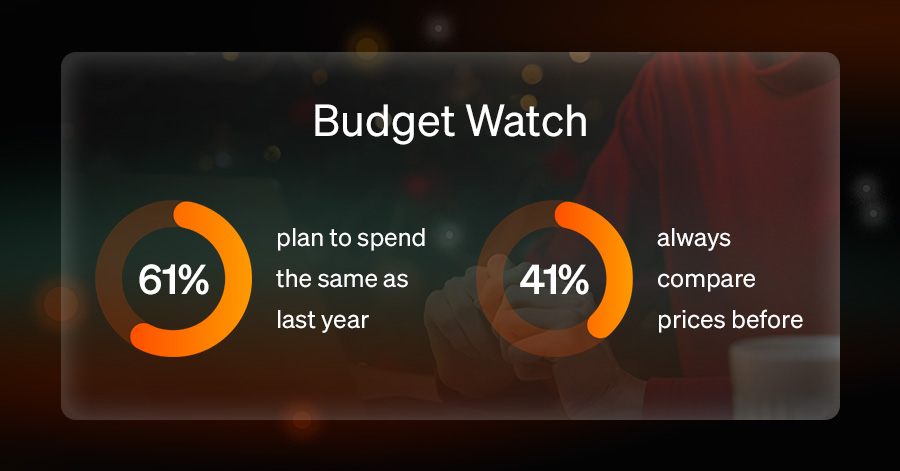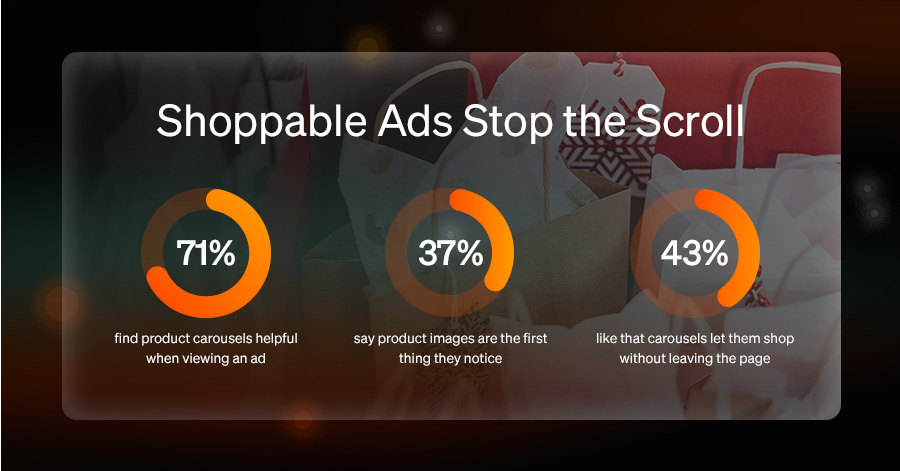To understand how consumers are approaching the 2025 holiday season, we surveyed 2,000 shoppers across the U.S., Canada, Mexico, and France. What emerged is a clear picture of a season that starts earlier, moves faster, and is driven by value.
The 2025 holiday season is kicking off sooner than ever, and shoppers are planning with purpose. A majority of consumers begin shopping before November, with October now serving as the key starting point globally. But this early activity isn’t about spending more; it’s about spending smarter. With 61% of shoppers sticking to last year’s budgets, value is driving decisions. For brands, early engagement with clear, competitive offers is essential to staying in the cart.

Holiday shopping has fully shifted to a digital-first experience, with 60% of global consumers now primarily shopping online for gifts. While discovery still occurs across social media, search engines, and ads, actual purchases happen on retailer websites, which remain the heart of the shopping journey. This makes a fast, mobile-friendly, and user-centric e-commerce experience absolutely critical, as brands that offer smooth navigation, transparent pricing, and a frictionless checkout are best positioned to convert browsers into buyers.
Digital ads have evolved from awareness drivers into powerful conversion tools, with 26% of shoppers this holiday season paying closer attention to ads and 71% finding interactive features like product carousels especially useful. As the line between browsing and buying blurs, the ability to purchase directly from an ad becomes a clear advantage. Shoppable ad formats that keep shoppers on the page streamline the path to purchase, reduce drop-off, and boost engagement, while mobile ads with enhanced features have been shown to improve product understanding by 53%. The message is clear: simplifying the journey with an easier, more intuitive experience increases the likelihood of conversion.

AI has shifted from a futuristic novelty to an everyday utility in holiday shopping, with 37% of shoppers already using AI-powered chatbots to compare prices or find gift ideas, reflecting growing reliance on smart digital assistance. Shoppers now want more than convenience—they seek AI that saves them money, with over half (53%) citing real-time alerts for sales or limited-time offers as their top desired feature. For brands, this means AI must deliver tangible value by integrating tools like price tracking, deal alerts, and personalized recommendations into chatbot experiences to meet shopper expectations and drive results.
To succeed this season, brands must move early, think digitally, and prioritize value: